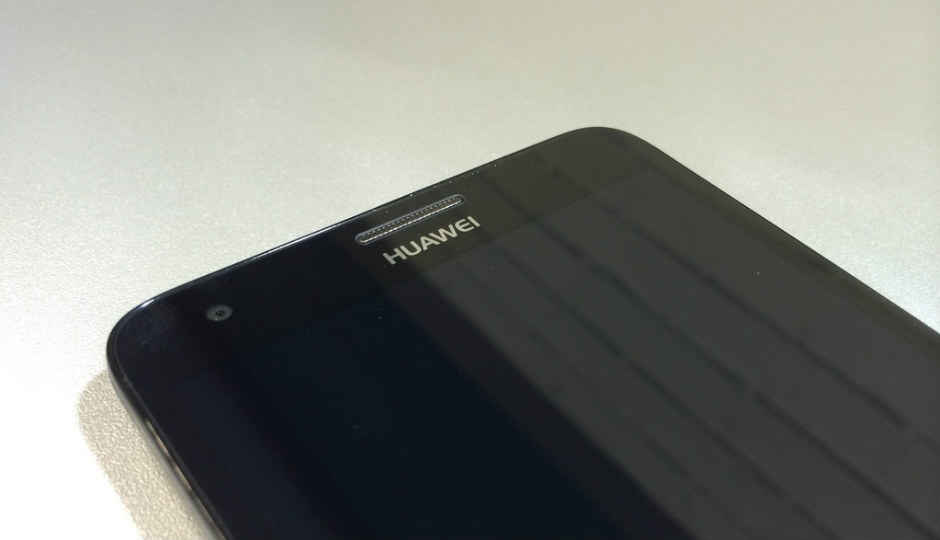

Highlights:
Huawei will bring its next flagship mobile platform, the HiSilicon Kirin 985, in the Mate 30 series of phones, a media report has claimed. According to China Times, the company will manufacture the processor using EUV (Extreme Ultraviolet) lithography – a technology that will be utilised to produce the most advanced semiconductors for mobile, server, network and supercomputing applications. The technology uses an EUV light of extremely short wavelength of 13.5 nm.
Huawei had to maximize the production of its own chips due to the constraints imposed by the US, the report said, adding that Huawei’s phones used HiSilicon’s Kirin chips with a self-sufficiency rate of less than 40 percent in the second half of last year, but the rate is expected to increase to 45 percent in the first half of this year. “After the introduction of low-end mobile phones in the second half of the year, the proportion is expected to increase up to 60 percent in the second half of this year,” the report said.
Earlier this year, Huawei announced that its smartphone shipments for 2018 exceeded a record 200 million units. It said that the 200 million devices included Huawei P20 and Mate 20 series of smartphones. The report says that the company will launch (more) phones with four cameras on the back as well as folding devices to meet its annual shipment target of 250 million. Reportedly, Huawei ’s main strategy this year will be to improve the independent R&D capabilities and self-sufficiency of its chips, and reduce dependence on US semiconductors.
The report also says that that Huawei will increase its orders of 7nm TSMC wafers, silicon-based round disks, in the second half of this year. The monthly increase of 8,000 pieces of 7nm orders are likely to be made in the third quarter. HiSilicon is also expected to become the largest customer of TSMC 7nm, the report claimed.
Related Read:
41 smartphone brands exit, 15 entered India in 2018: Report